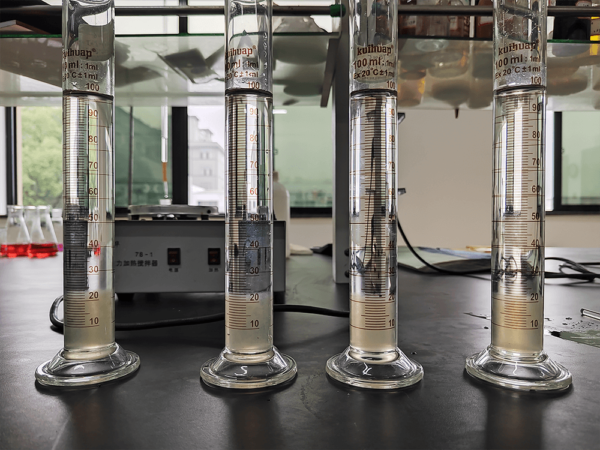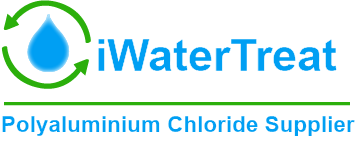
The process of using poly aluminum chloride for drinking water
Technical indicators of poly aluminium chloride for drinking water
|
Item
|
Index
|
|
|---|---|---|
|
Al2O3,%
|
≥
|
29.0
|
|
Basicity,%
|
45-90
|
|
|
Insoluble substance,%
|
≤
|
0.1
|
|
PH(1% water solution)
|
3.5-5.0
|
|
|
As,%
|
≤
|
0.00010
|
|
Cr,%
|
≤
|
0.00050
|
|
Hg,%
|
≤
|
0.00001
|
|
Pb,%
|
≤
|
0.00050
|
|
Cd,%
|
≤
|
0.00010
|
|
Fe,%
|
≤
|
0.2
|
Coagulation process of poly aluminum chloride for drinking water
1. Condensation stage
Polyaluminum chloride is rapidly mixed with raw water to form flocs in a very short time. At this time, the water becomes more turbid. This process requires thorough mixing of water and poly aluminum chloride.
In the beaker experiment, it is advisable to stir rapidly (250-300 rpm) for 10-30s, not exceeding 2min.
2. Flocculation stage
The process of flocs growing and becoming larger requires proper stirring and sufficient residence time (10-15min). It can be observed that a large number of flocs gather and sink slowly, and a clear layer is formed on the surface.
In the beaker experiment, first, stir at 150rpm for about 6min, and then stir at 60rpm for about 4 min until it is in a suspended state.
It is a floc settling process carried out in a settling tank, which requires slow water flow. In order to improve efficiency, an inclined tube settling tank is generally used. A large number of coarse flocs are blocked by the inclined tube wall and deposited at the bottom of the tank. The upper layer of water is clarified water. While the flocs with small diameters and low densities gradually descend, they continue to collide with each other and become larger, and finally, the residual turbidity is basically unchanged.
In the beaker experiment, it is advisable to slowly stir at 20-30rpm for 5min, and then settle for 10min to measure the remaining turbidity.
4. Strengthen the filtering stage
In order to improve water quality, it is necessary to strengthen the filtration of flocs to make the water cleaner. This stage is mainly to choose the appropriate filter layer structure and filter aid.

Leave A Comment